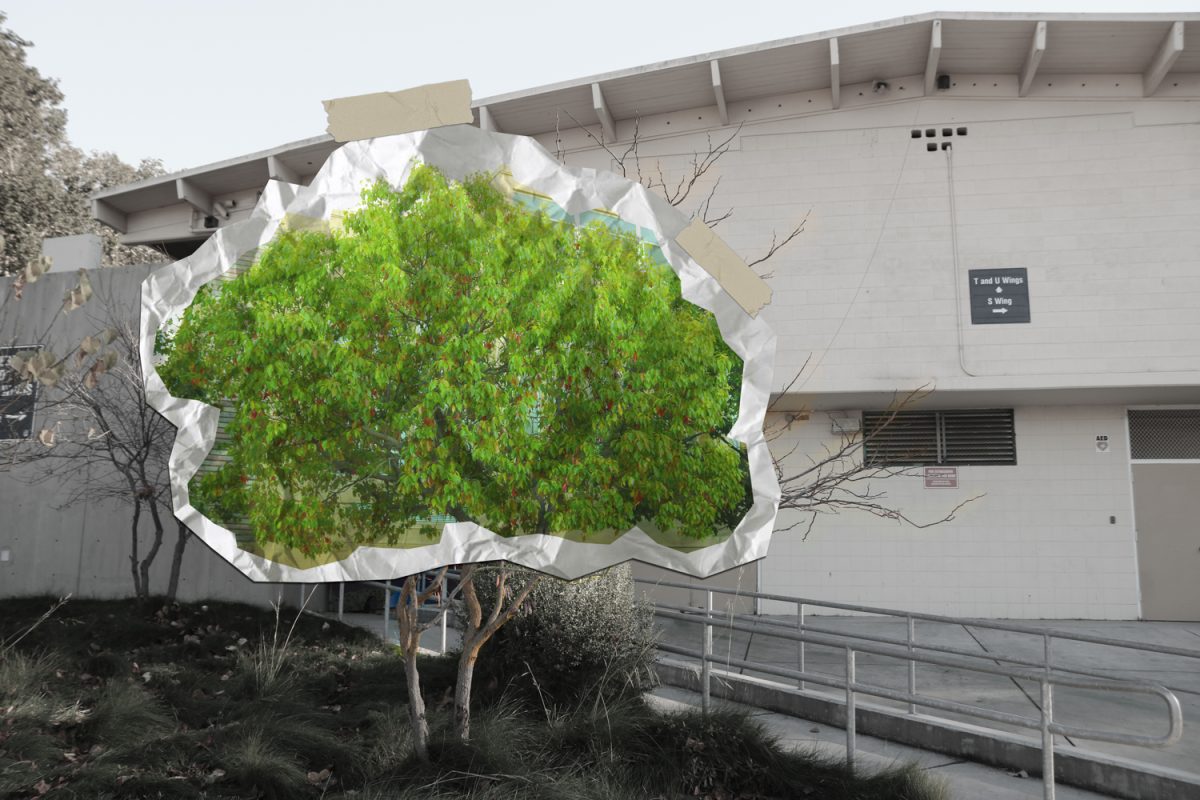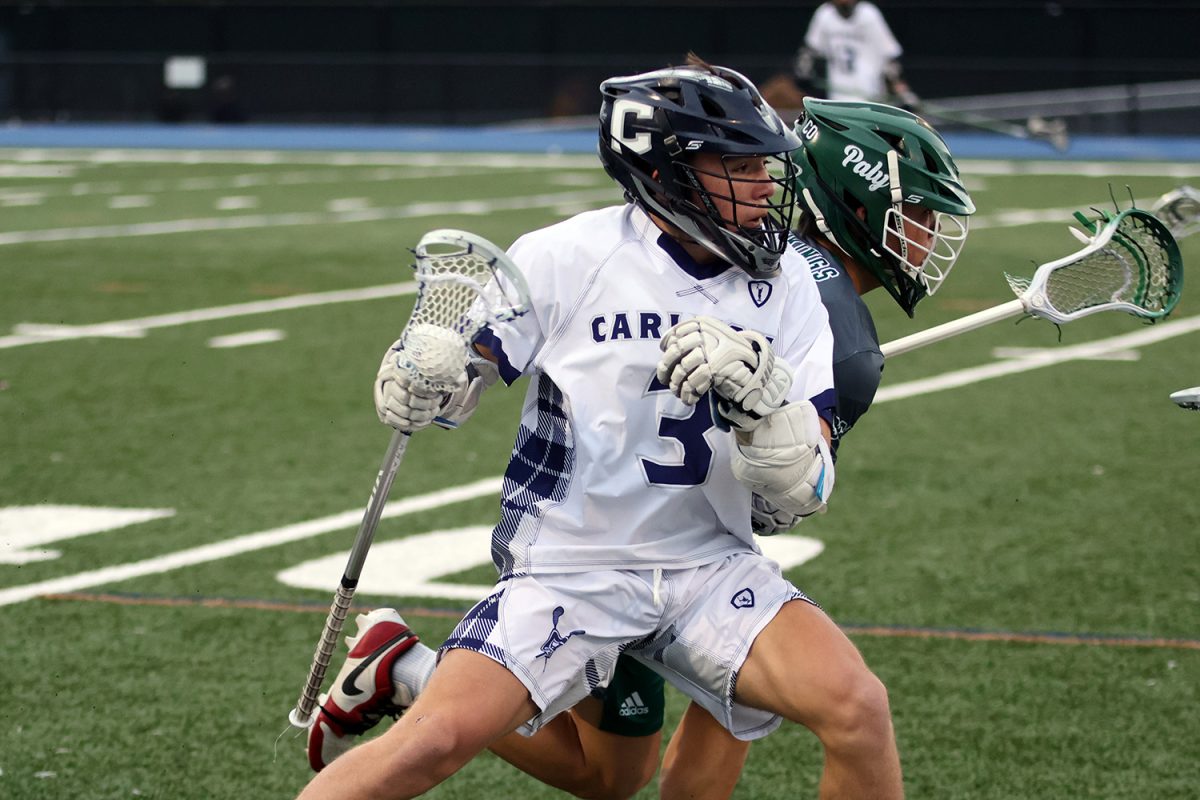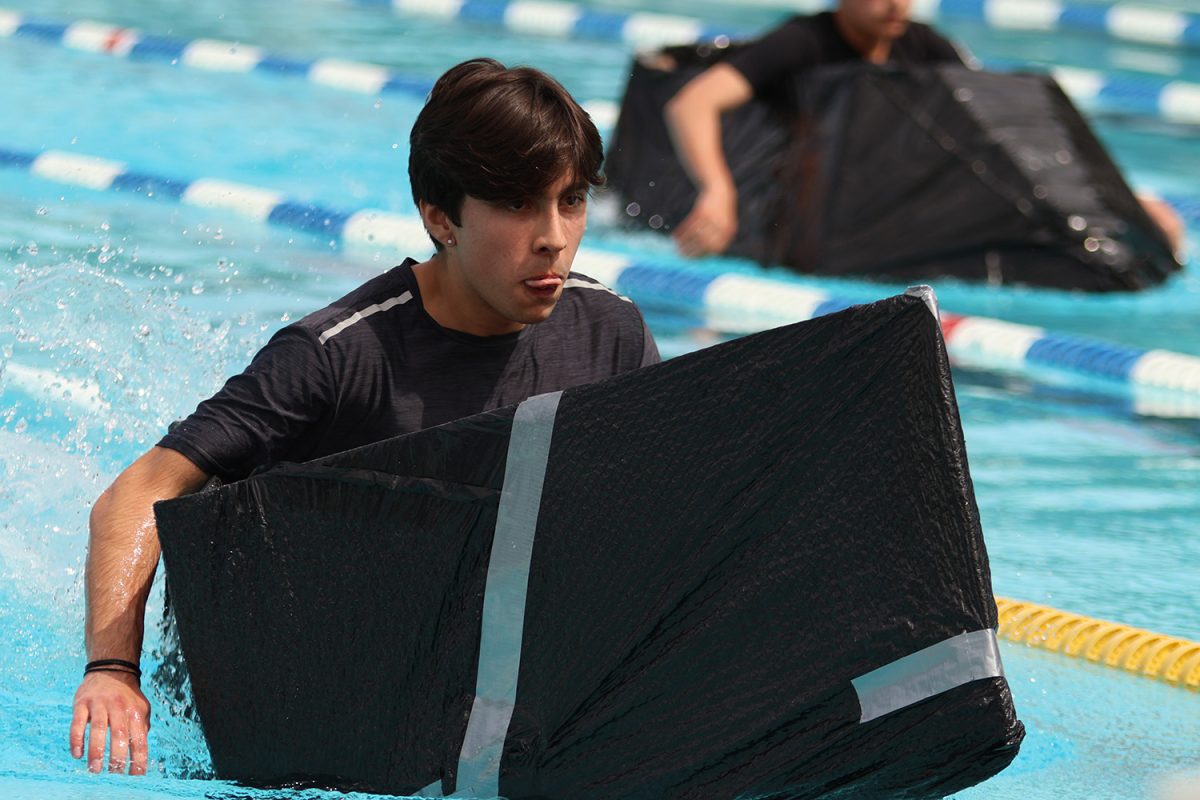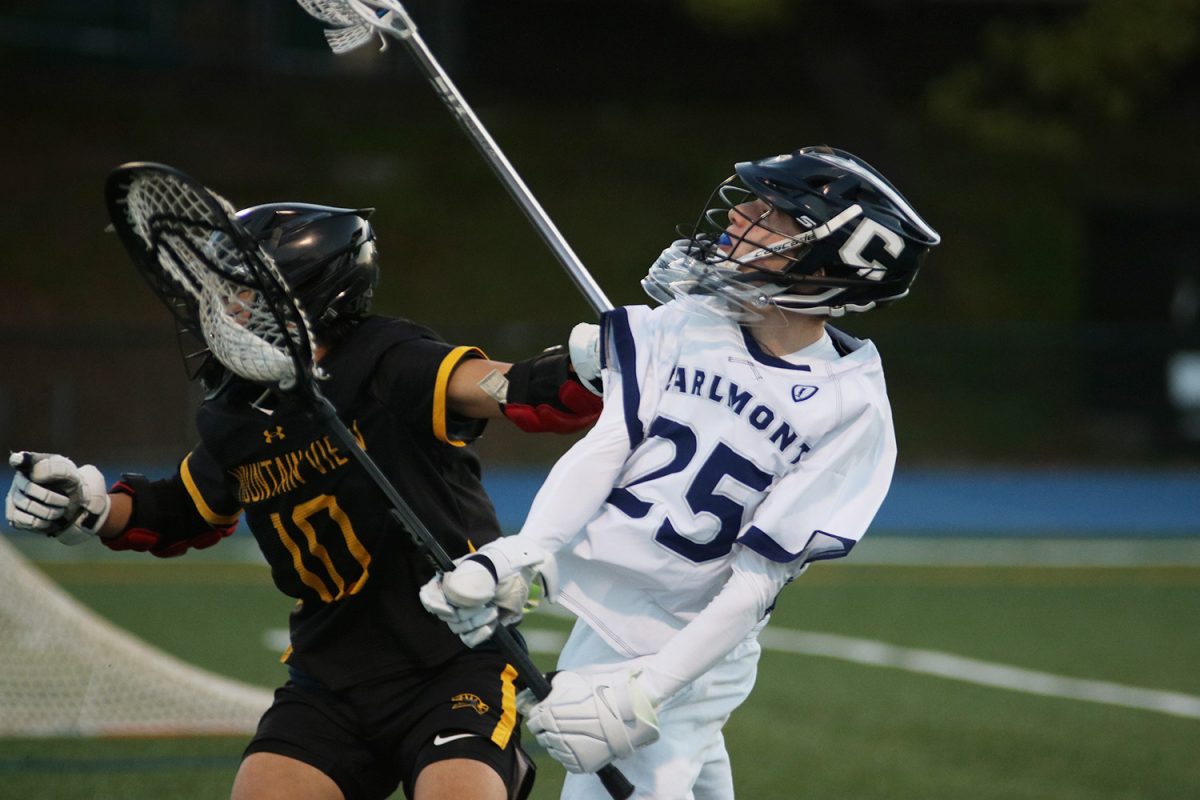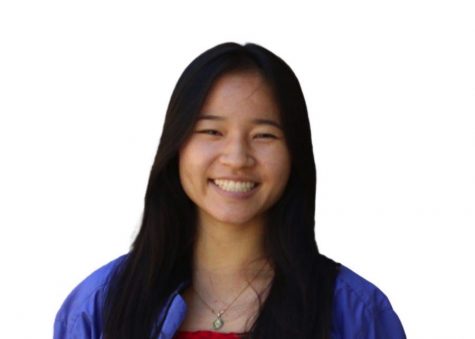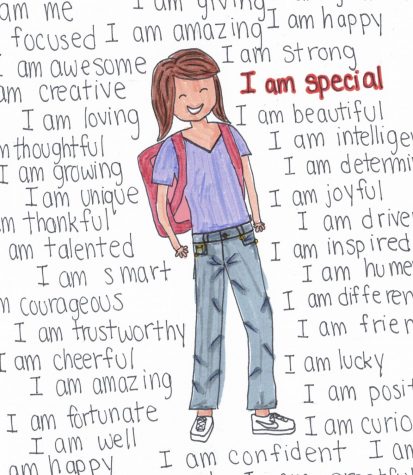
She has a learning disability, so she’s special. At least that’s what everyone else thinks.
These days, more and more students are receiving help from support programs that use different grading systems and allocate guidance from exterior resources. The rising number of students that now need extra attention during class has made being “special” the new norm.
According to the National Center of Education Statistics, nearly 14% of students in California are on an Individual Education Plan (IEP). This plan allows parents to work with educators to come up with an individualized education plan for their child free of charge. An IEP supports the goals of the student and their family while providing any additional support needed to achieve those goals.
To qualify for an IEP, the student must have difficulty learning or functioning.
Conditions range from autism to emotional disorders to even physical disabilities. The Individuals with Disabilities Education Act (IDEA) grants free, public education to all students, no matter the condition. Therefore, schools are required to provide students with support services if necessary.
However, an IEP is not as black and white as it may seem. The IEP program is then further broken into smaller, more direct programs that allow educators to offer specialized support to groups of students with common goals.
Carlmont’s special education department chair, Jason Selli, explained the different settings that the program provides.
“We have several different environments that we are able to put students into, to support their disabilities. All the decisions of where the students go depend on their IEP,” Selli said.
Selli continues to explain the two paths held within the program: the Independent Living Skills (ILS) and the Stars Program.
Students who are cognitively impacted by their disability are placed in the ILS. The ILS focuses more on basic functions that help individuals improve their independent living skills.
While the Stars Program encompasses students who are working through mental health issues, these students may have more difficulty working in a mainstream class. However, the program’s goal is to move students back into a mainstream classroom eventually.
Ayla North* was diagnosed with autism at a very young age; however, she has grown and learned with the help of Carlmont’s special education program.
Samantha North*, Ayla’s mother, said, “I feel like my daughter has been getting a lot of support and positivity from the staff. They are open to getting ideas from us at home. I feel like there’s always open communication between the special ed staff and me at the school. They have always been very good at keeping in touch and letting me know when something is going on.”
Samantha North emphasized that she likes the additional resources that accompany Carlmont’s core classes, such as a social skills class that allows for Ayla to interact and learn more about the necessary living skills.
She is also grateful for the students at Carlmont, who continue to support her and her daughter. The Associated Student Body’s (ASB) Reach Out Committee, in particular, has done a lot to promote inclusion at Carlmont. Once a month, the committee plans a reach out hangout that allows all students to come together to chat and have some snacks after school.
Aside from student support, Carlmont also offers many other resources such as co-taught classes, speech therapists, psychologists, and much more.
Even with all of the resources that Carlmont offers for students that qualify for an IEP, another portion of students outside of the program are on a 504, which covers students who require special accommodations but don’t meet the criteria for an IEP.
“In order to qualify for a 504 Plan, a student must have a diagnosis for a physical or emotional disability or impairment (e.g., ADHD) that restricts one or more major life activities (e.g., attention, class participation),” wrote the ADHD Editorial Board of ADDitude.
Selli stressed where the majority of this population stands at Carlmont.
“Most students who are in some program might have co-taught classes along with general education classes. Some may even have a study skills class that they are maneuvering in and out of,” Selli said.
These students are graded differently and can have extensions allocated to them. They are graded based on the growth or progress that they have made, not by their grades. Grading is all up to each teacher’s judgment.
Cyriakos Nichols has co-taught history at Carlmont for the past eight years and outlined the potential difficulties that stem from the specialized learning plan.
“I think accommodations in education are evolving, and everyone’s questioning it. Not everyone’s comfortable with it. I kind of just let other teachers do their thing, and I try to figure out mine. It’s tough sometimes,” Nichols said.
Some view this grading system as unfair due to the traditional grading styles that have been broken to accommodate more students.
“Some people get upset and think that it’s unfair for other students who don’t get this accommodation,” Selli said. “But if a student has a learning disability and they’re not able to reach the field, then our job is to come in and give them whatever they need so that they’re all on the same playing field. Now, everybody’s opportunities can be the same.”
Yet, as equal opportunities are made, standards continue to be set.
Most everyone is familiar with the common core standards, a set of educational standards established for teaching kindergarten to 12th grade. However, common core standards aren’t meeting the needs of all students.
Selli said,”Common Core, just in a nutshell, it’s not one size fits all, but I don’t think there is any curriculum that is one size fits all. So our job is to take this type of curriculum and make it work for each student.”
Selli continued to explain that the goal of the special ed program is to create access points at different aspects in time to tailor the state curriculum toward individuals.
The debate regarding the education system could go on forever; however, there can never be a solution that would fit everyone’s needs, as everyone is different.
Nichols said, “I think everyone’s got the best intention for the kids, and everyone’s just going forward. Some people hate Common Core. Some people love it.”
It has become apparent that there is no set standard; everyone has their own. “Special” is officially the new norm.
*Due to the sensitive nature of the content, this name has been changed to protect the anonymity of the source.










